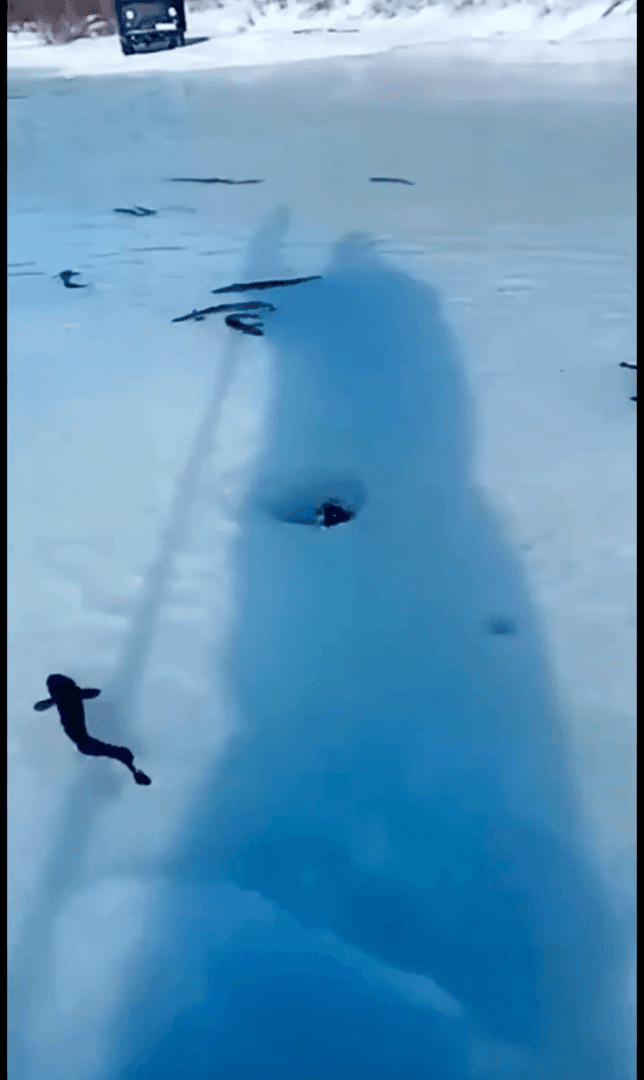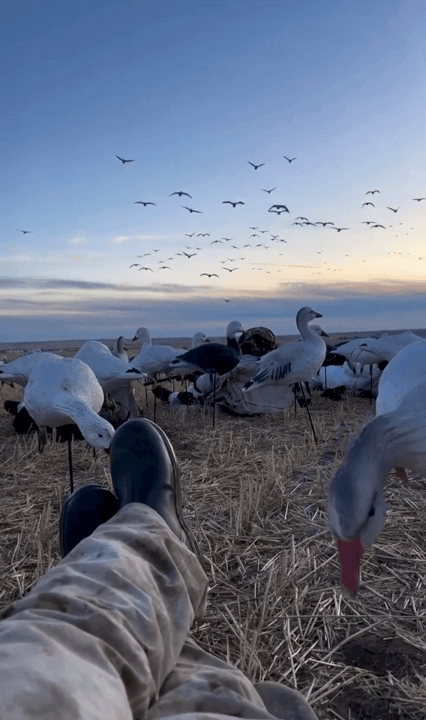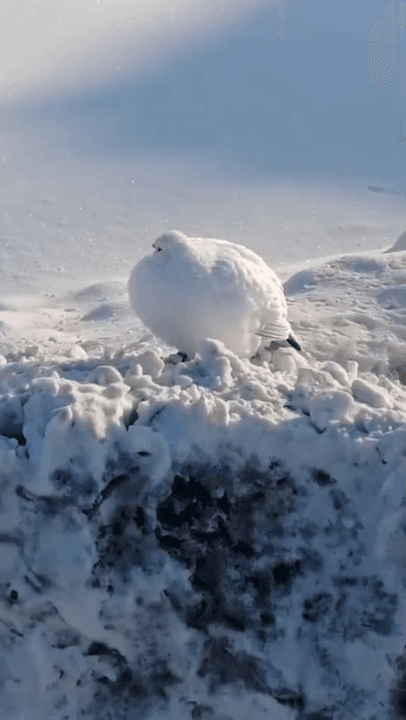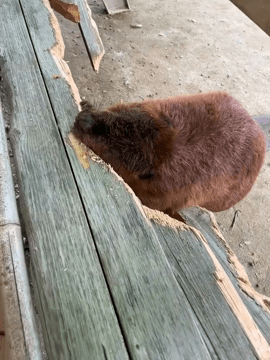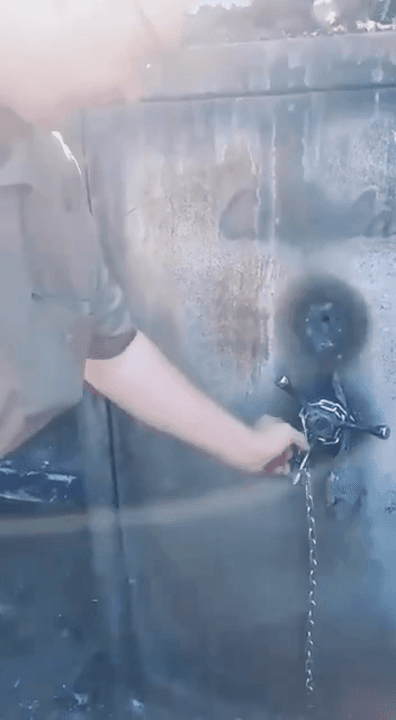
Hunting Seasons in Missouri 2025–26: Big Game and Small Game, Licenses, and Regulations Guide Plan your 2025–26 MO hunt with our state‑by‑state guide—season dates, bag limits, licenses, bow & rifle rules, and key game species from whitetail deer to wild turkey to ducks. Whether you’re archery hunting mature bucks in Ozark oak ridges, setting a shotgun for early teal in flooded timber, or trailing coyote in winter fields, Missouri’s forests, glades, and wetlands deliver premier big game and small game opportunities under clear regulations. What Is There to Hunt in Missouri? Missouri supports a diverse array of game: Big Game: Whitetail deer, wild turkey, black bear (limited draw), elk (Zone 1 reintroduction hunts), feral hogs (no closed season) Small Game & Upland Birds: Rabbit, gray squirrel, bobwhite and scaled quail, ruffed grouse Waterfowl & Migratory Birds: Ducks (mallard, teal, wood duck), geese, coots, rails, American woodcock Furbearers & Predators: Coyote, raccoon, opossum,
Post: 17 July 13:38














